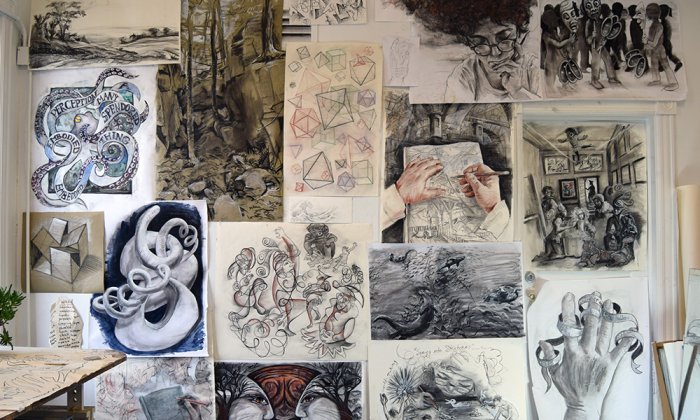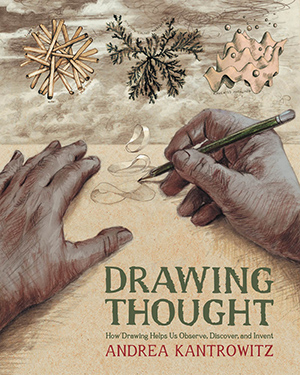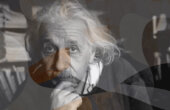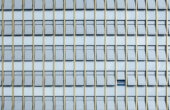How Drawing Helps Us Observe, Discover, and Invent

It feels as if we are living in uniquely precarious times. This has always been true, for some. Today, our lives and our children’s futures are being shaped by unprecedented fires, floods, pandemics, and political upheaval. Both human and non-human forces wreak havoc on our sense of normalcy and expectations of stability. In trying times, solace and inner peace can sometimes be difficult to come by. But we can still seek out quiet moments and spaces where we can open our eyes and hearts to encounters with the unknown.

The practice of drawing, with paper and pencil or whatever else is at hand, is a simple and accessible means to become more mindful and aware of our inner and outer worlds. Time slows down when we start drawing. Our attention shifts. Setting aside our worries and fears about the future, we can draw ourselves into stillness. Drawing provides an active way to engage deeply with the present moment, locating our thoughts, perceptions, and feelings, in time and space.
An exercise: Next time you are spending time with someone you love, try to capture their likeness on paper. Or choose a tree outside your window, or your coffee mug. Choose and observe closely anything or anyone you encounter in your daily life. Through the process of translating your observations into marks on paper, chances are you will be surprised by what you notice as you draw. You will observe new details, perhaps fine lines around your beloved’s eyes you had never seen before. The tree in your front yard might be taller and more majestic than you had realized, the gentle curve of your coffee mug’s handle more graceful. You might experience a heightened appreciation of the uniqueness of the subject of your drawing and a sense of wonder at their mere presence in the world. (This goes for the tree, or the coffee cup, or whatever else you choose to draw.)
Setting aside our worries and fears about the future, we can draw ourselves into stillness.
The end result does not matter. In picking up that pencil or pen, it is the process that counts. Your hand and eye, working together, may lead you to truly see that coffee cup or tree or loved one anew, as they are, perhaps more clearly than you ever have. And when you get up from drawing and get on with your life, take another moment to stop and look around. Your perceptions will be heightened. Enjoy a fresh sense of wonder. These are gifts the act of drawing can bestow.
Drawing can be many things, and drawing to observe the people or things around you is only one way to begin. Here’s another: Try lightly scribbling on your paper without looking, then look, and add to what you see. Perhaps a sea creature, a bird, a landscape? Add details and see what emerges. Draw with a partner or small group on a big sheet of paper, and take turns. If you have children in your life, try drawing with them, you will find you have a lot to teach and learn from one another. If nothing else, they will remind you of the sheer joy of making your mark on the world.
Drawing provides a protected, sheltered space to reflect on our experiences, ideas, and observations, and imagine how things might be different. As the drawing develops, we enter the virtual world of the drawing, to record what we see, or the images and stories that emerge from our minds. There are infinite methods and subjects to explore through drawing from observation or imagination. We each have our own individual curiosities and points of view, and as we look out toward the horizon of possibility, we all see something different. Drawing helps us get to know our own particular perspectives better. We become more aware of the limits of what we see from where we sit. We can envision alternatives. Looking down roads not yet taken, we may picture what adventures might await, where the process of drawing itself can take us. We can follow a suggestion, a squiggle, shadow, or smudge, and see where it leads.
Drawing is always a negotiation between what we see and what we know. It leverages the ways we have evolved to think with our whole bodies as we interact with the environments in which we find ourselves. Cognitive scientists who study human gesture have revealed how we use our hands to think — much more than we realize, especially when confronting a difficult problem. When we draw, we leave traces of our gestures on paper, to be examined, extended, and reconfigured later on. We sometimes find in our drawings more than we realized we put down. When an experienced drawer holds a pencil, the tip of the pencil is mapped onto the area of the brain that controls the hand, as if it were simply part of the body. The pencil, while in use, is an integral physical extension of the hand. The eye, hand, pencil, and mind are one.
The pencil and the blank page becomes a physical extension of our minds. We draw out two- and three-dimensional models of real and invented objects, actors, and scenes, pull them apart, and put them back together in new ways. We sometimes say we need to “turn things over in our minds” when we feel the need to analyze a subject thoroughly. We want to get “on top” of a situation, “cover” a topic, “uncover” the facts, or put something “to the side.” Spatial analogies permeate our thinking so completely that, like gesture, we often don’t notice them. Drawing gives us a place to explore spatial analogies and metaphors.
Drawing is always a negotiation between what we see and what we know. It leverages the ways we have evolved to think with our whole bodies as we interact with the environments in which we find ourselves.
During the long lockdowns of the pandemic, drawing helped people cope. When so much we had taken for granted was no longer available, paper and pencils were still at hand, helping to connect us with others through our imagination. For those on the front lines during the pandemic’s early days, drawing was also helpful when it came to processing and sharing difficult experiences. Heidi Edmundson, an emergency medicine consultant in the UK’s National Health Service conducted weekly wellness sessions for her medical team during the height of the pandemic. “Drawing often enables people to express emotions that are difficult to say,” she explains in an essay on the British Medical Association’s blog. “For some drawing let them acknowledge or accept feelings that they were unaware that they had.”
COVID-19 was certainly not the last calamity to so quickly and radically transform the fabric of our daily lives. This fall, returning to school, children in Kharkiv and across Ukraine drew pictures of damaged houses to try to make sense of the disaster. None of us knows what is coming next. But as humans, we can rely on the strengths of our species that have allowed us to survive thus far: our drive to understand and grapple with the time and place in which we find ourselves, to struggle to comprehend apparently incomprehensible events in order to survive.
Drawing is a practice that takes time and patience to develop. Over time, it becomes a habit that can help slow down and make meaning out of otherwise random, disconnected experiences. We learn to find beauty in unexpected places. We can use drawing as a tool of thought to enhance our abilities to observe, discover and invent. In the face of global pandemics and ecological disasters, everything we can do to cultivate and nurture human resilience, ingenuity, and understanding matters. Our continued existence and perhaps all life on earth depends on how well we are able to think and work together to imagine and build a future world we all want to live in. Drawing together, metaphorically but also literally, could play a part.
Andrea Kantrowitz, an artist and educator, is Associate Professor and Director of the Art Education Program at SUNY New Paltz. She leads workshops and symposia on art and cognition around the world. She is the author of “Drawing Thought: How Drawing Helps Us Observe, Discover, and Invent.”




